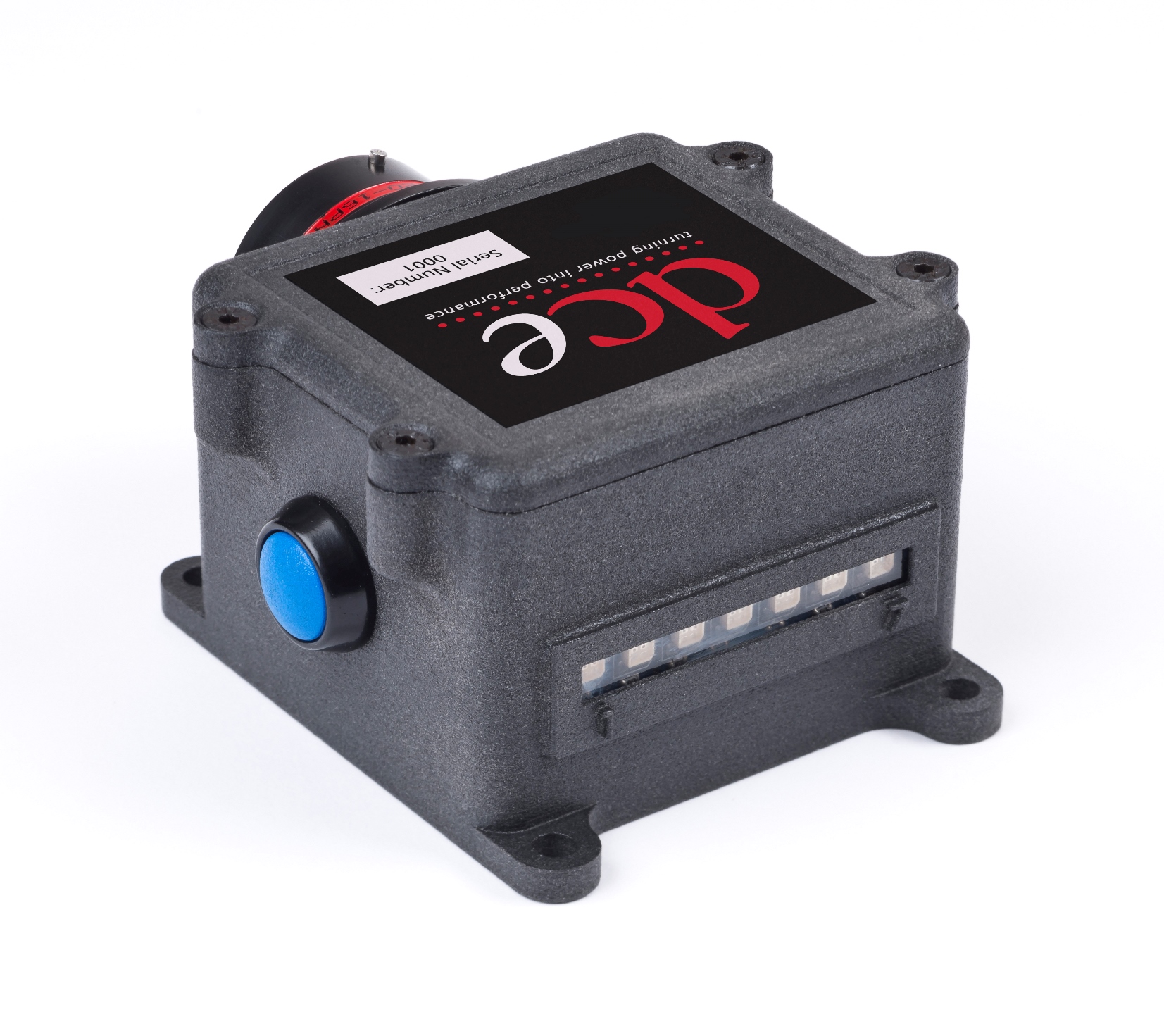NASCAR Leverages Additive Manufacturing Materials

Completed electrical enclosure constructed using AM from Windform LX2.0. Courtesy of CRP.
Latest News
July 8, 2014
It almost feels as though Rapid Ready has switched focus from covering additive manufacturing (AM) news to following automobile racing. Yesterday we took a look at how AM is used in F1 racing, and today NASCAR is in the driver’s seat. This shouldn’t really be surprising considering automotive uses for 3D printing are developing almost as quickly as usage in the medical field.
Today is more about materials than racing, however. An Italian company named Windform is in the business of developing AM materials to fit a broad spectrum of purposes. Windform LX2.0 is one material developed by the company that has found use in an electrical enclosure installed in NASCAR vehicles.
 Completed electrical enclosure constructed using AM from Windform LX2.0. Courtesy of CRP.
Completed electrical enclosure constructed using AM from Windform LX2.0. Courtesy of CRP.In 2012, the NASCAR Sprint Cup championship moved to electronic fuel injection. Part of the change required teams to include a relay control box to switch a 12v power supply to the various sensors, actuators and fuel pumps. The relay box contains electro-mechanical devices (relays) and two circuit breakers. Unfortunately, early designs were flawed, which led to a number of issues with circuit breakers tripping, resulting in many teams bypassing these devices, leading to no circuit protection at all.
Eventually a new solid state design developed by DC Electronics offered to solve many of the early flaws with the system, but in order to manufacture the new units, DC Electronics needed to figure out a safe method of housing the improved model. The company experimented with both a machined billet box and a carbon composite box, but ultimately rejected both options as being too expensive, as well as being difficult to adjust as additional improvements were implemented.
Lacking a viable solution from traditional manufacturing methods, DC Electronics turned to AM to solve the problems of cost and design evolution. An electrical enclosure was built by CRP using Windform LX2.0, which has a tensile strength of 59.9 MPa, is heat resistant with a melting point of around 180° C, can be smoothed to Ra = 1.5 microns, and is non-conductive. The finished part was also lighter than either of the alternatives, making it ideal for race cars.
“With this particular project we have found no limiting factors,” said David Cunliffe, managing director and co-founder of DC Electronics. “The biggest factor that pushed us towards Windform was the speed in constructing the parts, the mechanical features of the material and the ease of delivery.”
Below you’ll find a video that enumerates the other advantages AM offers NASCAR teams.
Source: CRP
Subscribe to our FREE magazine, FREE email newsletters or both!
Latest News
About the Author
John NewmanJohn Newman is a Digital Engineering contributor who focuses on 3D printing. Contact him via [email protected] and read his posts on Rapid Ready Technology.
Follow DE





